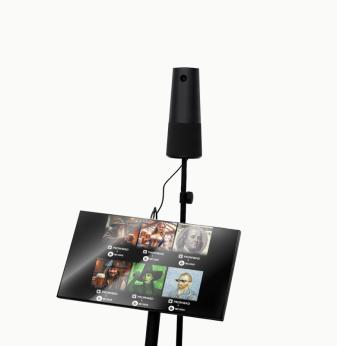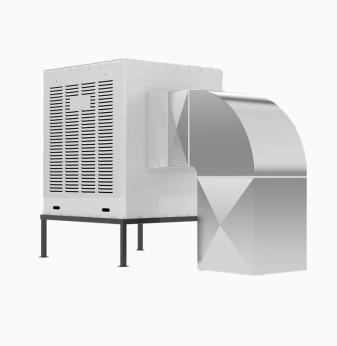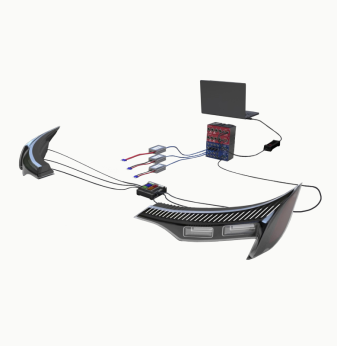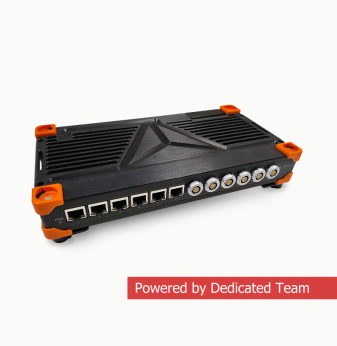6G-Ready Embedded Systems: Designing Hardware for Sub-THz Communication
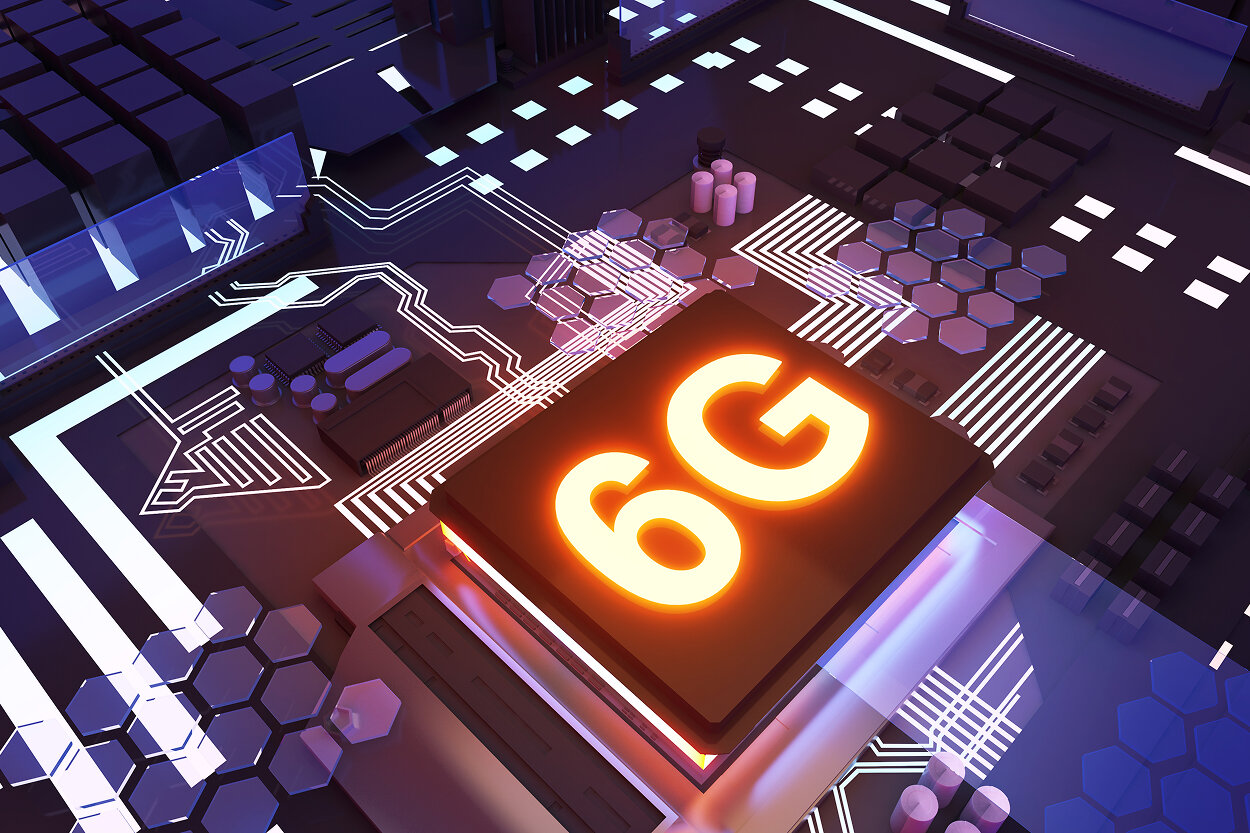
The race toward 6G is already well underway, even as 5G continues its global rollout. Industry roadmaps from organizations like 3GPP, ETSI, and NGMN position 6G around 2030, but R&D is accelerating now. One of the biggest shifts compared to 5G is the move into sub-terahertz (sub-THz) frequency ranges, typically between 90 GHz and 300 GHz.
At these ultra-high frequencies, wireless networks promise unprecedented bandwidths — multi-gigabit data rates, microsecond latencies, and support for futuristic use cases like holographic communication, distributed AI, and tactile internet. But they also bring engineering challenges that redefine how embedded systems and hardware must be designed.
This article explores how engineers are preparing devices and infrastructure for the sub-THz world of 6G.
Why sub-THz matters for 6G
Current 5G deployments mostly operate in sub-6 GHz and, in some regions, millimeter wave bands (24–39 GHz). But these frequencies are quickly reaching their capacity limits.
Sub-THz bands unlock:
- Extreme bandwidth: Enabling immersive applications such as real-time volumetric video or cloud-rendered XR.
- Ultra-low latency: Crucial for industrial automation, remote surgery, and autonomous mobility.
- Device density: Supporting millions of IoT devices per square kilometer, from sensors to smart infrastructure.
For embedded systems, this means hardware must not only be faster but also more power-efficient, smaller, and more adaptive than ever.
Hardware design challenges in the sub-THz domain
Designing embedded systems for 6G is not a linear extension of 5G. Sub-THz introduces new physical and engineering challenges:
- Signal propagation: At these frequencies, signals attenuate rapidly and struggle with obstacles. This drives the need for new antenna designs, intelligent beamforming, and hybrid RF-optical links.
- Antenna integration: Sub-THz requires compact, high-gain antennas — often arrays — embedded directly into PCBs or chip packages. Designing these antennas while maintaining thermal and mechanical reliability is a major challenge.
- RF components: Conventional silicon struggles at sub-THz. Engineers are turning to III-V semiconductors (GaN, InP, GaAs) and advanced CMOS for amplifiers, oscillators, and mixers.
- Packaging and thermal design: Sub-THz hardware generates significant heat in small form factors. Advanced cooling strategies and 3D packaging technologies are critical.
- Testing and measurement: Validating sub-THz devices requires new equipment, since traditional RF test benches were not built for 100–300 GHz ranges.
Embedded systems in 6G use cases
1. Smart cities and IoT
Millions of sensors will rely on 6G sub-THz links for real-time data exchange. Embedded modules must support ultra-low power modes while ensuring secure, high-speed connectivity.
Example: A smart traffic control system with distributed cameras and sensors could use sub-THz to coordinate autonomous vehicles and pedestrian flows in real time.
2. Autonomous mobility
Cars, drones, and robots will communicate with sub-THz radios to share LiDAR maps, camera feeds, and predictive models instantly. Embedded ECUs and vision modules must integrate high-speed transceivers without blowing thermal budgets.
Example: A drone fleet relaying live 3D maps of a disaster zone to ground teams, enabled by compact sub-THz transceivers on each drone.
3. Immersive media
Volumetric video and holographic calls require multiple gigabits per second — something only sub-THz can realistically deliver. Embedded decoders in AR glasses will rely on ultra-compact RF front ends co-packaged with AI processors.
4. Industrial automation
Factories of the future will connect machines, robots, and digital twins via sub-THz links with latencies below 1 ms. Embedded controllers will shift from wired fieldbus to ultra-fast wireless, enabling flexible and reconfigurable production lines.
Hardware platforms enabling sub-THz
Several companies and research institutions are pushing the boundaries:
- NXP and Qualcomm are experimenting with CMOS-based transceivers operating at 140 GHz, aiming at scalable integration into IoT devices.
- Huawei and Samsung have demonstrated point-to-point sub-THz links exceeding 300 Gbps in lab setups.
- Universities in Europe and Japan are prototyping GaN-based amplifiers and antennas for beyond-5G systems.
Embedded design will likely combine standard CMOS for digital logic with III-V semiconductors for RF front ends, packaged together in chiplets or system-in-package (SiP) modules.
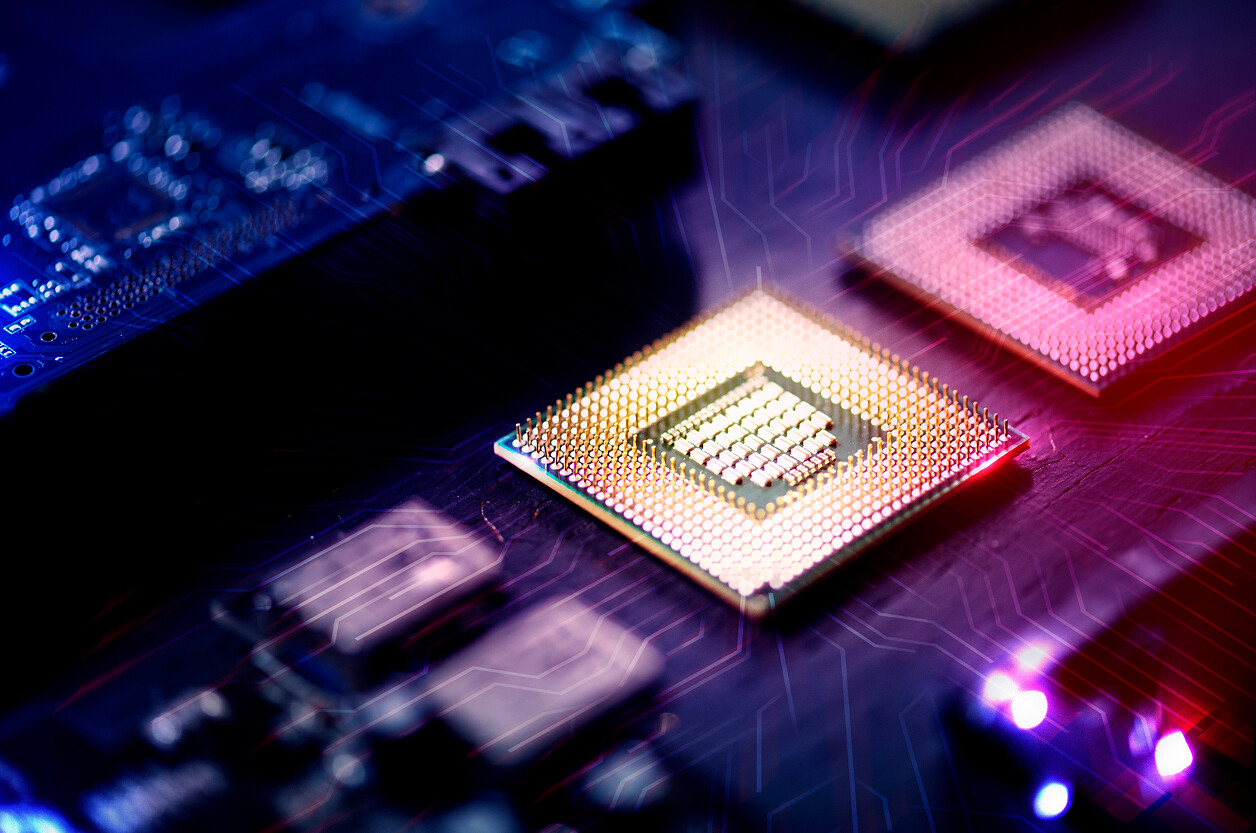
The role of AI in sub-THz systems
AI is not just an application for 6G — it’s embedded in the network itself. Edge devices will use AI for:
- Adaptive beamforming: Choosing the best antenna path in real time.
- Channel prediction: Anticipating interference and mobility patterns.
- Energy optimization: Dynamically adjusting transmit power based on context.
This requires embedded hardware that can co-host RF and AI accelerators in compact, low-power form factors.
Security and reliability
Sub-THz links carry sensitive industrial, medical, and mobility data. Embedded systems must integrate hardware-level encryption and zero-trust architectures to protect against interception and spoofing. Redundancy, fault tolerance, and predictive diagnostics will be essential, as failures in real-time 6G applications can be catastrophic.
Outlook: what’s next for 6G-ready embedded systems
- Short term (2025–2027): Prototyping of sub-THz transceivers, antenna arrays, and mixed-material packaging. Early adoption in research labs, aerospace, and defense.
- Mid term (2027–2030): Pre-commercial embedded modules for industrial automation, smart mobility, and fixed wireless access. Integration with AI accelerators becomes standard.
- Long term (2030+): Mass-market deployment in consumer devices, smart cities, and global 6G networks. Sub-THz embedded systems become as commonplace as Wi-Fi modules today.
AI Overview: 6G-Ready Embedded Systems
6G Embedded Systems — Overview (2025)
6G-ready embedded systems are being designed to operate in sub-terahertz bands (90–300 GHz), enabling ultra-fast, low-latency wireless communication for the next decade of connectivity.
Key Applications:
Smart city IoT networks, autonomous vehicles and drones, immersive holographic media, and Industry 4.0 automation.
Benefits:
Multi-gigabit data rates, sub-millisecond latency, support for ultra-dense IoT deployments, and new classes of real-time applications.
Challenges:
Signal propagation limits, antenna integration, heat management, semiconductor material constraints, and lack of mature testing ecosystems.
Outlook:
- Short term: prototypes and lab trials using mixed-material transceivers.
- Mid term: industrial pilots and integration with AI co-processors.
- Long term: mainstream consumer adoption, with sub-THz embedded modules powering everyday devices and infrastructure.
Related Terms: 6G, sub-THz communication, ultra-high frequency, system-in-package, beamforming, terahertz IoT, edge AI.
Our Case Studies

